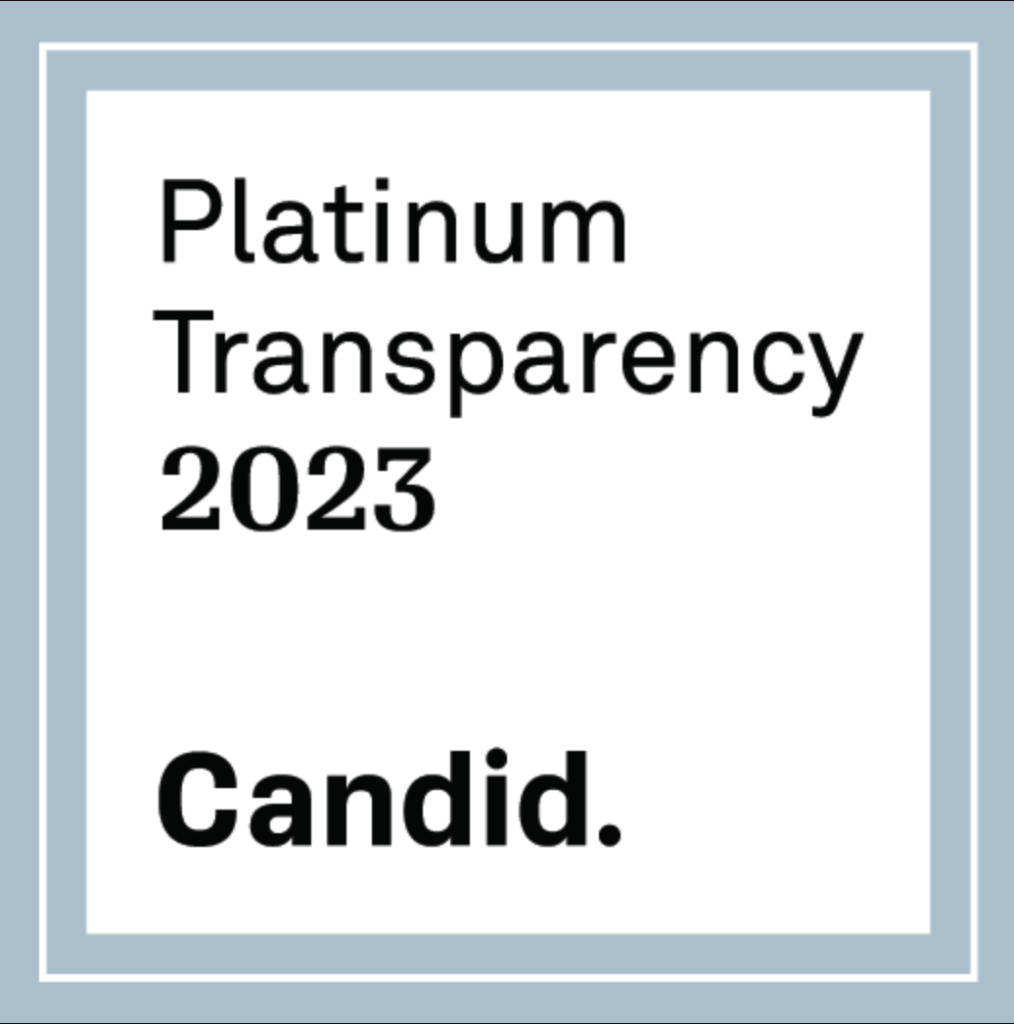By Russell King, HHRA Executive Director
I’m pleased to announce that the HHRA has earned the Candid Platinum Seal of Transparency for 2023 –an achievement earned by fewer than one percent of US-based nonprofits. The Candid Platinum Seal is the highest level of recognition offered by Candid (formerly known as GuideStar) and is awarded to organizations that meet the highest standards of transparency and accountability. It’s an achievement that’s doubly important for the HHRA.
The Candid Platinum Seal demonstrates the HHRA’s commitment to transparency and accountability. Our board, staff, volunteers, and partners believe that by sharing our data, metrics, and strategic priorities with the public, we can build trust and confidence in our organization and our work.
To earn the Candid Platinum Seal, non-profit organizations must meet a rigorous set of criteria, including providing complete and accurate information about their mission, programs, finances, and governance on the Candid website, and sharing strategic priorities and information about outcomes.
So why is this doubly important for the HHRA? It’s important for all nonprofit organizations seeking grants and donations because the Candid Platinum Seal is a globally recognized acknowledgement that can inspire a higher level of confidence in the organization among potential grantors and donors–thereby making them far more likely to give. For the HHRA, however, it’s also important because our mission is one that relies on our credibility. For our work to make a difference in people’s lives, people have to trust our processes, our findings, and our recommendations. The Candid Platinum Seal will help tell the world that, indeed, the HHRA is to be trusted.
The leadership of the HHRA has always put integrity of the science first, which sets the HHRA apart in en era awash in willful misinformation and pseudoscience. I’ve long been a fierce advocate for the integrity in science, science reporting, and health information, so I’m proud to carry the torch that’s been passed to me.
The HHRA supports researchers willing to seek answers to controversial questions. Our alliance of doctors, researchers, policy experts, and communicators works to answer questions that the government and private sector are too often unable or unwilling to address. Through it all, we adhere strictly to scientific and ethical best practices to keep our research above reproach.
The Candid Platinum Seal is an echo of the values that form the heart of the HHRA. Let’s wear it with pride as we move forward.


